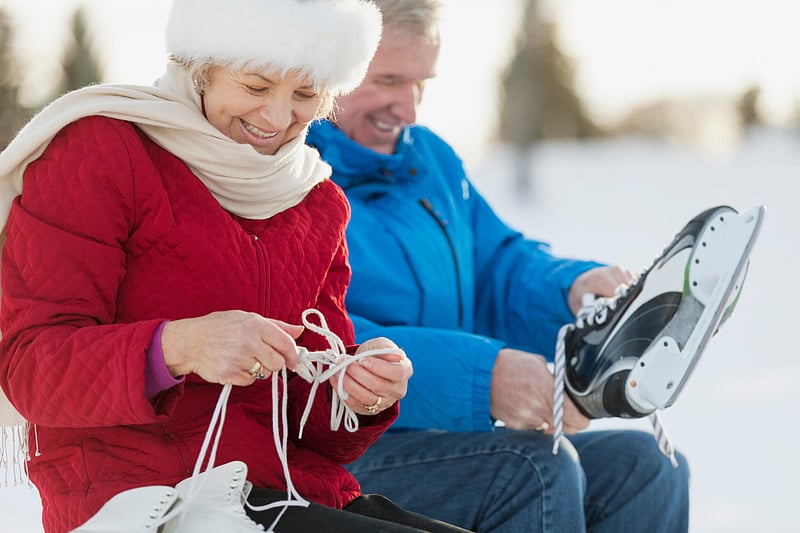Get Healthy!

- Cara Murez
- Posted May 18, 2023
Cold Weather May Help Burn Fat, and Time of Day Matters
Men, want to burn fat? Chill out.
New research shows that exposure to cold in the morning may help you burn more fat than at other times of day.
Exposure to cold activates brown fat, producing heat to help the body maintain its temperature and burn calories, especially those from fat. That makes it an ideal way for guys to improve cardiometabolic health -- preventable conditions like heart attack, diabetes and liver disease, for instance.
Sorry, ladies. The same may not be true for you.
"Our study indicates that the optimum time to undergo cold exposure is at a specific point in the body's 24-hour cycle,"said study co-author Mariëtte Boon, of Leiden University Medical Center in the Netherlands. "It may also be that there is a sex difference in how the body responds to cold exposure with respect to boosting metabolism at a certain time point, and it appears that delivering cold exposure therapies in the morning may be more beneficial than the evening for men."
The investigators set out to determine whether there was a circadian (time-influenced) rhythm in humans' brown fat activity, and if there were any differences between men and women.
In rodents, brown fat metabolic activity fluctuates throughout the day, peaking just before waking up, the study authors noted. Heat production from food digestion and activity declines at night. Waking requires the body to increase its core temperature.
To examine this in humans, the researchers studied 24 men and women between 18 and 31 years of age. They were described as lean.
For 2-1/2 hours, the study participants rested on water-filled mattresses that were gradually cooled until shivering occurred or the temperature reached 48 degrees Fahrenheit. Participants were then exposed to stable cold for 90 minutes.
Testing occurred on one day at 7:45 a.m. and two days later at 7:45 p.m.
The researchers measured each person's energy expenditure four times -- beginning at 32 degrees Celsius (89.6 Fahrenheit), a temperature at which the body does not need to produce extra heat to maintain its core temperature. They measured again during cool down, the stable cold phase and after 90 minutes. The team also regularly monitored skin temperature near the collarbone using infrared thermography.
In men, cold-induced energy expenditure and skin temperature (proxies for brown fat activity) were higher in the morning than in the evening.
Cold-induced energy expenditure and skin temperature didn't differ between morning and evening in women, although women did start shivering at a lower temperature in the morning.
Levels of circulating fatty acids, triglycerides and cholesterol were higher in the morning for women than in the evening, the results showed.
The findings were presented Wednesday at the European Congress on Obesity, in Dublin, Ireland. The study was previously published in The Journal of Clinical Endocrinology & Metabolism.
Lifestyle or genetic factors may have influenced the results, the researchers noted in a meeting news release. They said they could not draw strong conclusions about the direct effect of cold exposure on cardiometabolic health.
More information
The U.S. National Institutes of Health has more on brown fat.
SOURCE: European Congress on Obesity, news release, May 17, 2023





